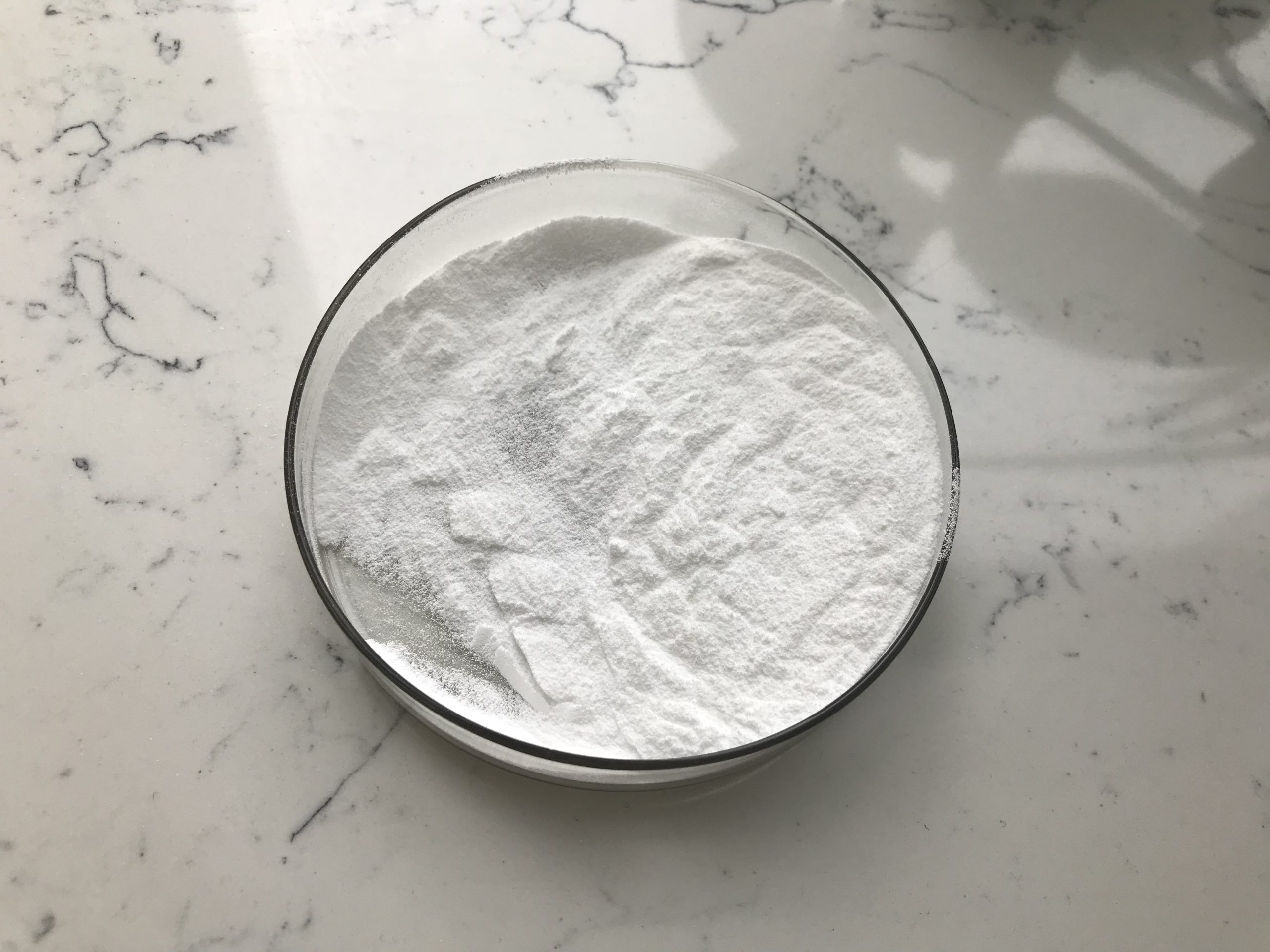Bio-medical hyaluronic acid polysaccharides (HA) have become an integral part of modern medical science. Hyaluronic acid, a natural polyanionic viscous polysaccharide, is composed of alternating chains of D-glucuronic acid and D-N-acetylglucosamine. It’s found throughout the body – in the vitreous of the eye, synovial fluid, umbilical cord, skin, lungs, kidneys, brain, and muscle tissues. Its role in the body ranges from maintaining hydration, regulating osmotic pressure, maintaining tissue morphology, barrier diffusion, joint lubrication, to stress buffering.

Why Modify Hyaluronic Acid?
Despite hyaluronic acid’s significance, research suggests its application in treating osteoarthritis and preventing postoperative adhesion doesn’t provide enduring therapeutic effects. This stems from HA’s high water solubility, sensitivity to free radicals and hyaluronidase, leading to easy degradation. Its short retention time and lack of mechanical strength in aqueous systems limit its application, necessitating HA modifications to improve its degradation resistance and mechanical strength.
Modification of Hyaluronic Acid
Various chemical and physical methods are available for hyaluronic acid modification to compensate for its shortcomings and yield derivatives with improved mechanical strength and stability. Modification can be performed on carboxyl, hydroxyl, acetylaminyl groups, and reductive terminations. The common chemical modification methods include cross-linking, esterification, and grafting, while composite modification is the main physical method.
Cross-linking Modifications
Cross-linking is the most prevalent method of forming hyaluronic acid gels. Hydroxyl and carboxyl groups are integral for cross-linking, with the hydroxyl groups cross-linked through ether bonds and the carboxyl groups through ester bonds. The appearance of the cross-linked product varies significantly depending on the degree of cross-linking.
Hydroxyl Cross-linking
Hyaluronic acid can undergo cross-linking reactions with various epoxide compounds under alkaline conditions to prepare gels for different uses. Researchers have used epoxide compounds such as 1,4-butanediol diglycidyl ether, 1,4-di(2,3-epoxypropoxy)butane, and 1,4-diglycidyl butane to cross-link HA. This type of cross-linked HA is more resistant to hyaluronidase degradation compared to its non-cross-linked counterpart.
Aldehyde Cross-linking
Aldehydes are common cross-linking agents. The cross-linking reaction of hyaluronic acid and dialdehyde is believed to be completed by forming aldol and hemiacetal groups. Hyaluronic acid can chemically cross-link with glutaraldehyde (GTA) to form a non-water-soluble film. However, biocompatible materials produced using GTA as a cross-linking agent are prone to calcification and are highly toxic. This toxicity is primarily due to residual GTA in the product.
Amino Cross-linking
Chemical modification of Hyaluronic acid before cross-linking can form other chemical reactive groups. For instance, treating hyaluronic acid with acid or alkali can lead to partial deacetylation of N-acetyl amino in hyaluronic acid, forming free amino groups. These free amino groups greatly expand the pathways and methods for hyaluronic acid structure modification. Genipin, a new type of cross-linking agent, can spontaneously react with amines to create circular cross-linked hyaluronic acid. Although genipin is widely used in biological products, it has some drawbacks, such as producing a deep blue pigment during the reaction with amines, which limits its use in creating light-colored, transparent products.
Overall, Hyaluronic acid modification research plays a significant role in medical science, opening new avenues in healthcare applications. However, it is essential to address its limitations, optimize its properties, and harness its full potential for broader applications in the medical field.
